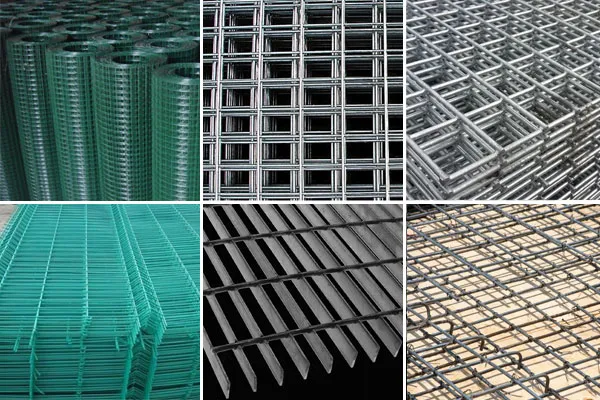Oct . 12, 2024 05:17 Back to list
Reinforcement Mesh Solutions for Concrete Slab Production Facilities and Factories
The Importance of Reinforcing Mesh for Concrete Slab Factories
Concrete is one of the most widely used construction materials globally, known for its strength and durability. However, its inherent brittleness can lead to cracking and failure under various stress conditions. To counteract these weaknesses, reinforcing mesh has become a vital component in concrete slab production, especially in factories dedicated to creating high-quality concrete products. In this article, we will explore the significance of reinforcing mesh, its types, and the benefits it brings to concrete slab factories.
Understanding Reinforcing Mesh
Reinforcing mesh, commonly made from steel, consists of a network of interconnected bars or wires. This mesh is embedded within the concrete before it cures, providing enhanced tensile strength and resistance against cracking. The primary purpose of reinforcing mesh is to prevent the formation of cracks and to bear loads more effectively, ensuring that concrete structures remain intact over time.
Types of Reinforcing Mesh
There are several types of reinforcing mesh used in concrete slabs, each with its specific applications and advantages. The most common types include
1. Welded Wire Fabric (WWF) Made from cold-drawn steel wires that are welded together at regular intervals, WWF is widely used in concrete slabs for its uniform strength and easy installation.
2. Steel Reinforcing Bars (Rebar) Often used in conjunction with welded wire fabric, rebar is essential for providing additional tensile strength, especially in areas subjected to high stress.
3. Fiber-Reinforced Mesh This type of mesh incorporates steel, glass, or synthetic fibers into the concrete mix itself. Fiber-reinforced mesh is known for its ability to enhance ductility and improve impact resistance.
reinforcing mesh for concrete slab factories

Benefits for Concrete Slab Factories
The incorporation of reinforcing mesh in concrete slab production offers numerous benefits that impact both manufacturing processes and the longevity of concrete structures.
1. Enhanced Structural Integrity By distributing stress evenly throughout the concrete slab, reinforcing mesh helps mitigate the risk of cracking. This characteristic is particularly important for slabs subjected to heavy loads, ensuring that they maintain their integrity over time.
2. Cost-Effectiveness While the initial cost of incorporating reinforcing mesh may be higher than using unreinforced concrete, the long-term savings from reduced repair and maintenance costs can be substantial. Factories can produce slabs with a longer lifespan, which translates to lower lifecycle costs.
3. Faster Construction Times With the use of reinforcing mesh, concrete slabs can achieve their desired strength more quickly. This allows construction projects to proceed efficiently, reducing downtime and improving overall project timelines.
4. Versatility Reinforcing mesh can be tailored for various applications, making it suitable for a wide range of concrete slab types, including residential, commercial, and industrial uses. Factories can adapt their production processes to meet diverse customer requirements efficiently.
5. Quality Control Implementing reinforcing mesh in the manufacturing process allows concrete slab factories to produce consistently high-quality products. This enhances their reputation in the construction industry, leading to increased customer trust and potential business growth.
Conclusion
In the realm of concrete slab production, reinforcing mesh plays a crucial role in enhancing the performance and durability of concrete structures. With its ability to improve structural integrity, reduce costs, and increase efficiency, reinforcing mesh has become an indispensable element in modern concrete slab factories. As the demand for robust and reliable construction materials continues to grow, the importance of reinforcing mesh is more pronounced than ever. Manufacturers who prioritize quality and innovation in their production processes are likely to find success in a competitive market, ultimately contributing to safer, stronger, and more resilient built environments.
-
High-Quality Steel Grating Solutions for Industrial Applications | Durable, Safety, Customization
NewsJul.13,2025
-
Advanced Solutions-CompanyX|Enterprise Efficiency&Cost Reduction
NewsJul.13,2025
-
Sustainable Manufacturing-EcoTech Innovations|Waste-to-Energy System&Zero Emissions
NewsJul.13,2025
-
Welded Wire Mesh- Buildings Wiremesh Co., Ltd.|Durable Construction Material&Industrial Strength Solution
NewsJul.13,2025
-
Smart Production Solutions-Example Corp|AI Automation&IoT Monitoring
NewsJul.13,2025
-
Advanced Industrial Solutions-Advanced Industrial Solutions|Manufacturing Efficiency&Productivity
NewsJul.13,2025

